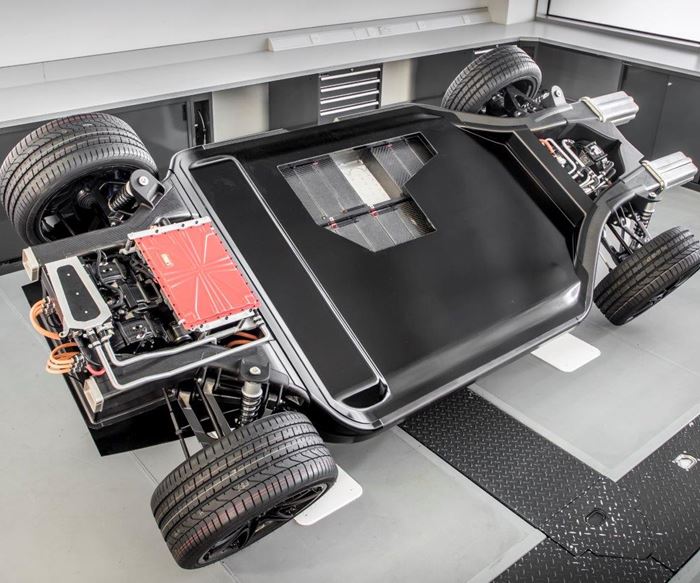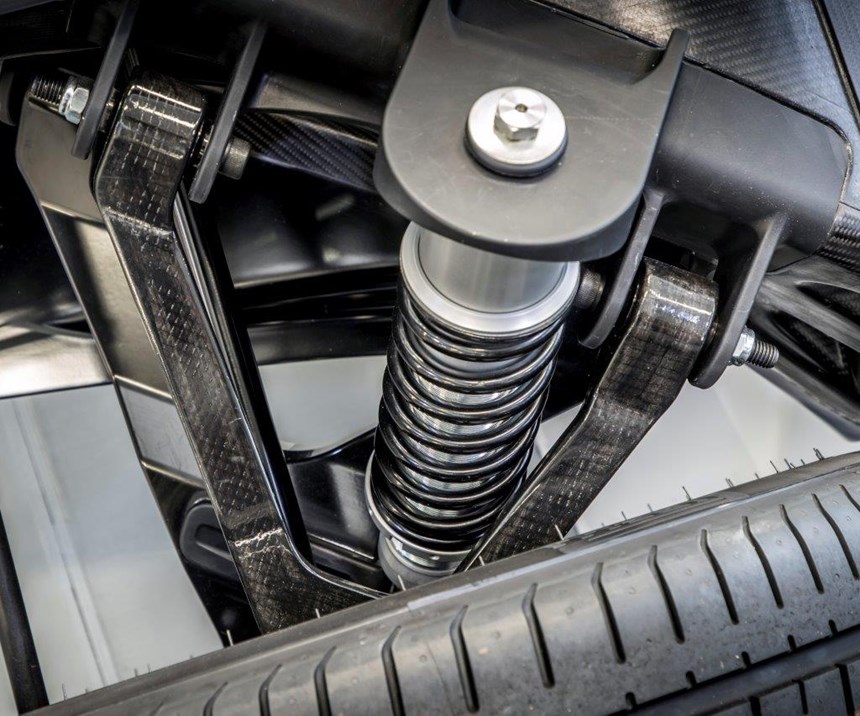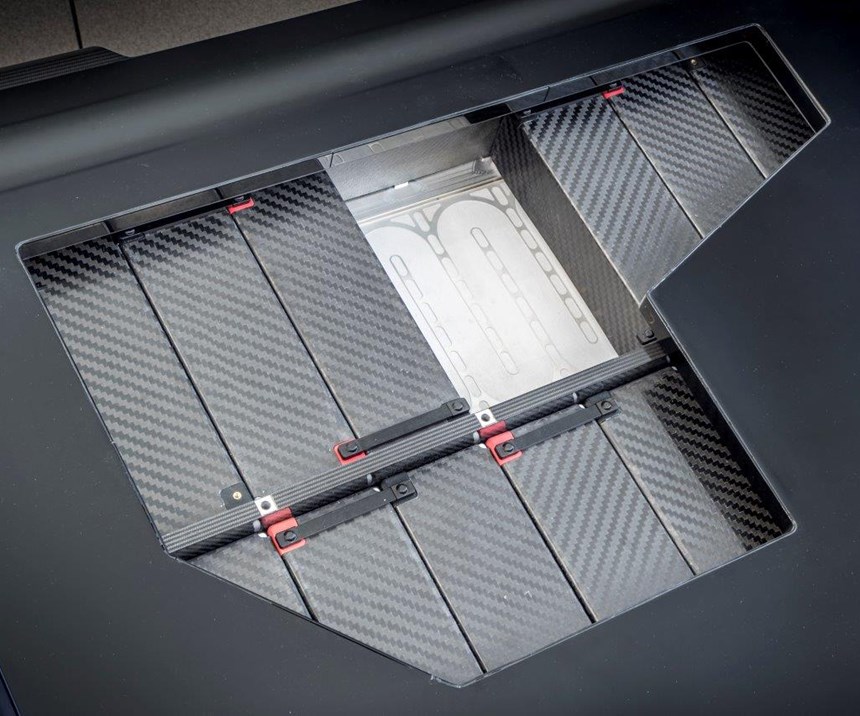Williams Advanced Engineering introduces processes for cost-effective carbon fiber composites
The company’s two latest technologies, 223 and Racetrak, are said to be a step-change in the affordability of composite materials.
Share
Williams Advanced Engineering (Grove, U.K.) has published a white paper to introduce its proprietary, patent-pending carbon fiber composite technologies and their benefits to automotive and other industries. The company’s latest pair of technologies, known as 223 and Racetrak, are said to be a step-change in the affordability of composite materials.
According to the company, 223 and Racetrak offer comparable performance to existing composites solutions, but include additional benefits and will be available at a cost that brings them within reach of mainstream applications. They are said to be end-to-end, whole-life solutions that address every aspect of the manufacture, use and recycling of carbon fiber-reinforced polymer (CFRP) and the way in which carbon fiber’s properties can enable new approaches to vehicle design and manufacture.
According to the white paper, the 223 process is a cost-effective method for creating three-dimensional composite structures from a two-dimensional form, suited for box-shaped geometries such as battery containers for electric vehicles.
Racetrak is a new process for creating high-strength structural members that link two or more points, the white paper says. Potential applications include automotive wishbones or the link arms of aircraft landing gear.
More information about both processes and their applications can be found in the Williams Advanced Engineering’s published white paper.
“Racetrak and 223 are just two examples of a new generation of technologies, developed and commercialized by Williams Advanced Engineering,” says Iain Bomphray, chief technology specialist, lightweight structures, the Williams Advanced Engineering innovator behind these two breakthroughs. “With this approach, we have the potential to develop new, growing areas of business that will also make significant contributions to the industries in which we work.”
“We are focusing our expertise on energy management, aerodynamics, thermodynamics and lightweighting. As tools for efficiency improvement, these are all highly synergistic, so considering them as an integrated system allows us to increase significantly the total benefits,” explains Paul McNamara, Williams Advanced Engineering technical director. “While we have undoubtedly learnt a great deal from success in Formula 1 and Formula E, they are high-profile examples of what we do. Behind closed doors, we are solving challenging problems for world-class companies across a wide range of sectors and working with some of the most highly-regarded manufacturers on next-generation, low carbon technologies.”
Related Content
-
SMC composites progress BinC solar electric vehicles
In an interview with one of Aptera’s co-founders, CW sheds light on the inspiration behind the crowd-funded solar electric vehicle, its body in carbon (BinC) and how composite materials are playing a role in its design.
-
Envalior offers novel Tepex composite for EV battery housings
Low-thickness, recyclable thermoplastic composite passes strict thermal runaway tests for EV battery housings.
-
Bcomp ampliTex makes appearance in Cupra EV Cup Bucket seats
The entire Cupra Born VZ line-up features all-natural fiber front seats that highlight functionality, aesthetics and reduced CO2 emissions.

.jpg;width=70;height=70;mode=crop)
















.jpg;maxWidth=300;quality=90)
